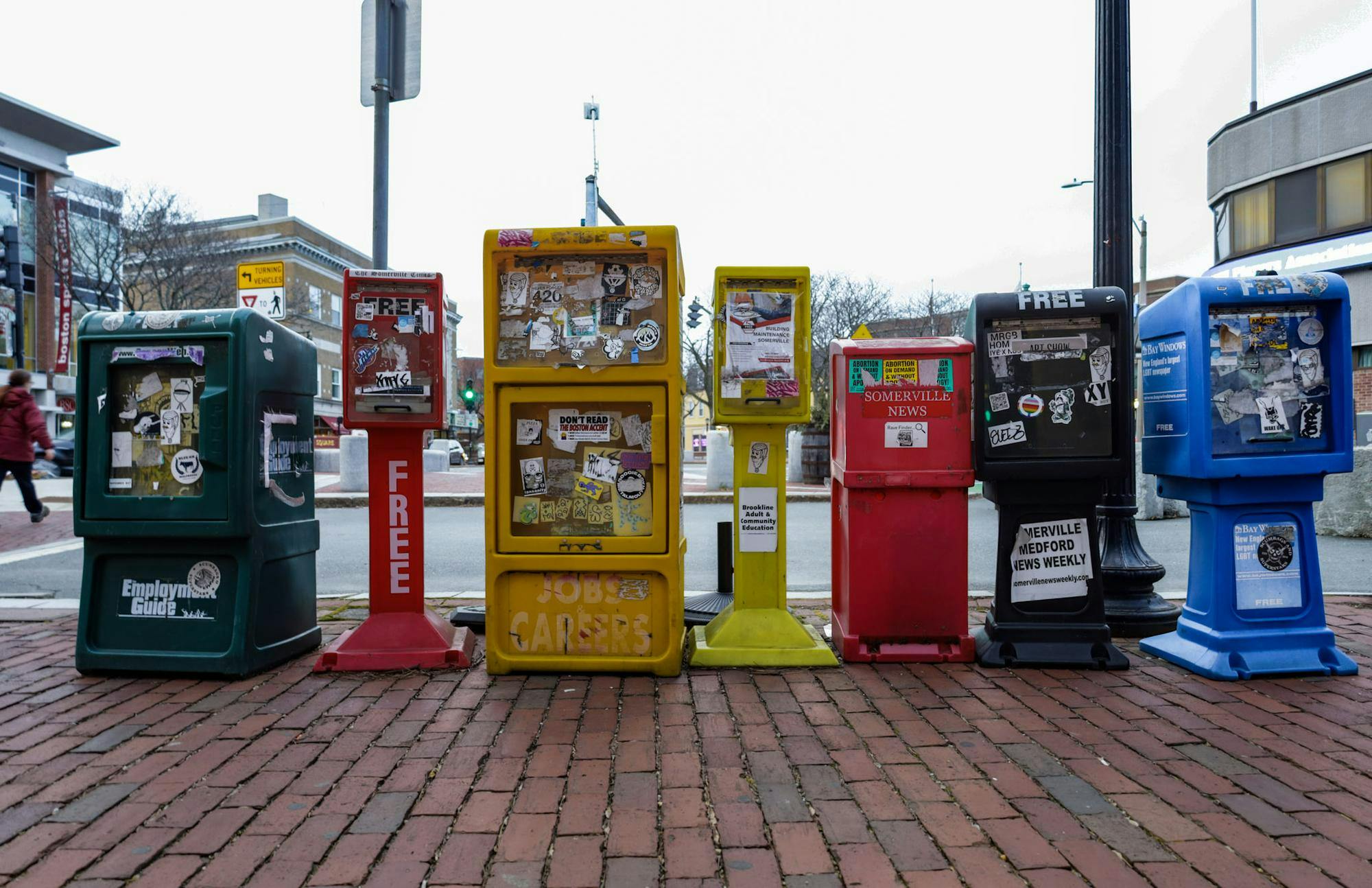By the end of this year, the U.S. will have lost one-third of the news publications it had in 2005. Major publications such as Time Magazine and the Los Angeles Times laid off scores of journalists last month, an event journalist Paul Farhi called “especially ominous.” Farhi himself was laid off by the Washington Post last year. Most of the defunct publications, however, are smaller weekly newspapers that are often the only source of reporting for local communities. Northwestern University’s local news initiative found that there is little to no reliable local news reporting in over half of U.S. counties.
There are many reasons for this steep decline. Ad budgets, inflation and lack of innovation are part of the problem. Another issue is the consumers themselves. Americans have lost trust in news media as polarization continues to characterize American politics — in October of last year, only 32% of Americans reported trust in the mass media per a Gallup poll. News consumption data mirrors this reduction in trust: The circulation of daily news publications, including digital, has fallen 32% over the last five years. People also simply feel overstimulated. To many, it feels like there’s too much news to bother keeping up with, that it all concerns issues that are depressing and that we are helpless to change.
Local news has also suffered in our Tufts host communities of Medford and Somerville. As reported in the Daily in 2022, the Medford Transcript and Somerville Journal were merged by their parent company, compromising a large portion of their local reporting. And earlier this month, the Somerville Wire, a digital publication, shut down. The only remaining local paper is the Somerville Times. While the Daily has stepped up its local news reporting in order to bridge the gap left by these closures, professional reporting for every community is important and impactful.
Reduced access to robust journalism has real consequences. PEN America’s report, “Losing the News,” found that corporate and government misconduct flourishes when the quality and quantity of local reporting declines. Meanwhile, citizens become less politically informed and engaged, which also impacts the efficiency and effectiveness of local governance. In addition, they found communities that were already underserved by local media, like low-income, rural communities and those which are majority people of color, are the most impacted by its decline.
Besides the local impact, the absence of local news means many are primarily consuming national news. This shift has been shown to increase polarization. For example, polarization in Congress has increased in the past 20 years. Without local news, people are more likely to rely on partisanship alone to vote, resulting in less split-ticket voting and fewer wins for moderate candidates at all levels of government, meaning more potential wins for extreme candidates.
Another major factor in this issue is social media: 50% of U.S. adults “sometimes” or “often” turn to social media rather than traditional publications for their news. In one survey of journalists, the vast majority said that social media harms the industry, blaming digital platforms for spreading misinformation and delivering unbalanced views. While some of the news consumed on social media is from the accounts of reputable publications, much of it comes from content creators who may not have the credentials to report accurately on important issues or understand the reliability of posts they reshare. Misinformation, combined with engagement-boosting social media algorithms that group users into echo chambers, greatly augments polarization.
The solutions needed to save local journalism, and traditional media as a whole, are twofold. First, we need to directly aid these publications through government action and philanthropic efforts before they go under. There is no point in having local news organizations if they do not have the resources for quality reporting and, unfortunately, many publications cannot support themselves in the short term. One way to accomplish this is to make it clear to your local representatives that the free press is important to you — ask them to support bills at the state and national levels that will help the failing industry. Another is to donate to your local papers or to organizations working towards strengthening local news reporting nationally such as the Institute for Nonprofit News or the American Journalism Project.
Finally, the best way to help is to be engaged! Buy a subscription to your local newspaper and read it regularly; you’re already doing well if you read the Daily. Reach out to journalists when you particularly enjoy or connect with their work. Next time you’re looking for a gift for someone, give the gift of journalism and buy them a digital subscription — my aunt once bought me an Atlantic subscription and it’s one of the best gifts I’ve ever received. When you vote, look to local coverage to inform your decisions, if you’re lucky enough to have it, rather than purely relying on partisanship. Local papers often endorse local and state-level candidates, providing unique insight into their platforms. Before putting all your faith in an Instagram infographic, open up your favorite news page instead.






